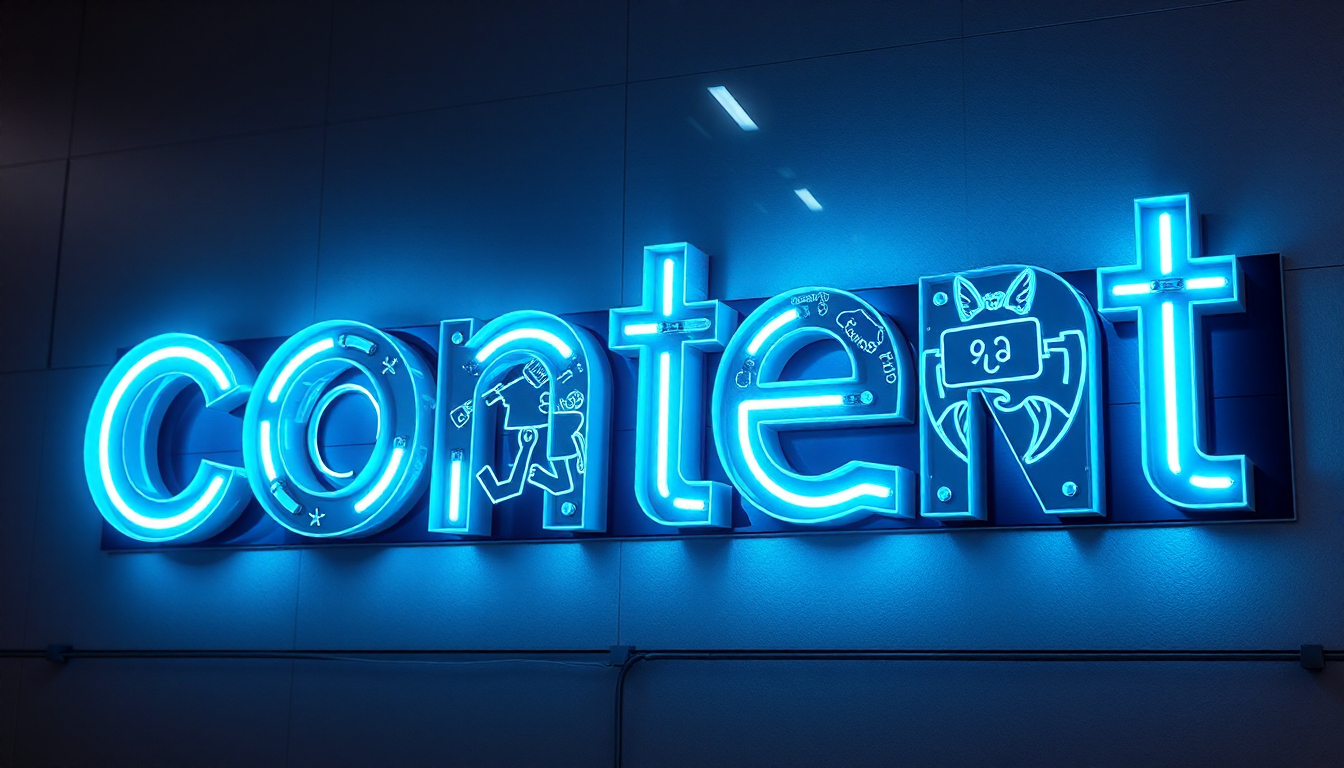
From SEO to GEO: How to Get Your Content Ready for AI Search Engines
AI search engines are rewriting the rules of online visibility. Rather than competing for rankings, businesses must now compete to be selected as the authoritative answer in AI-generated responses.










